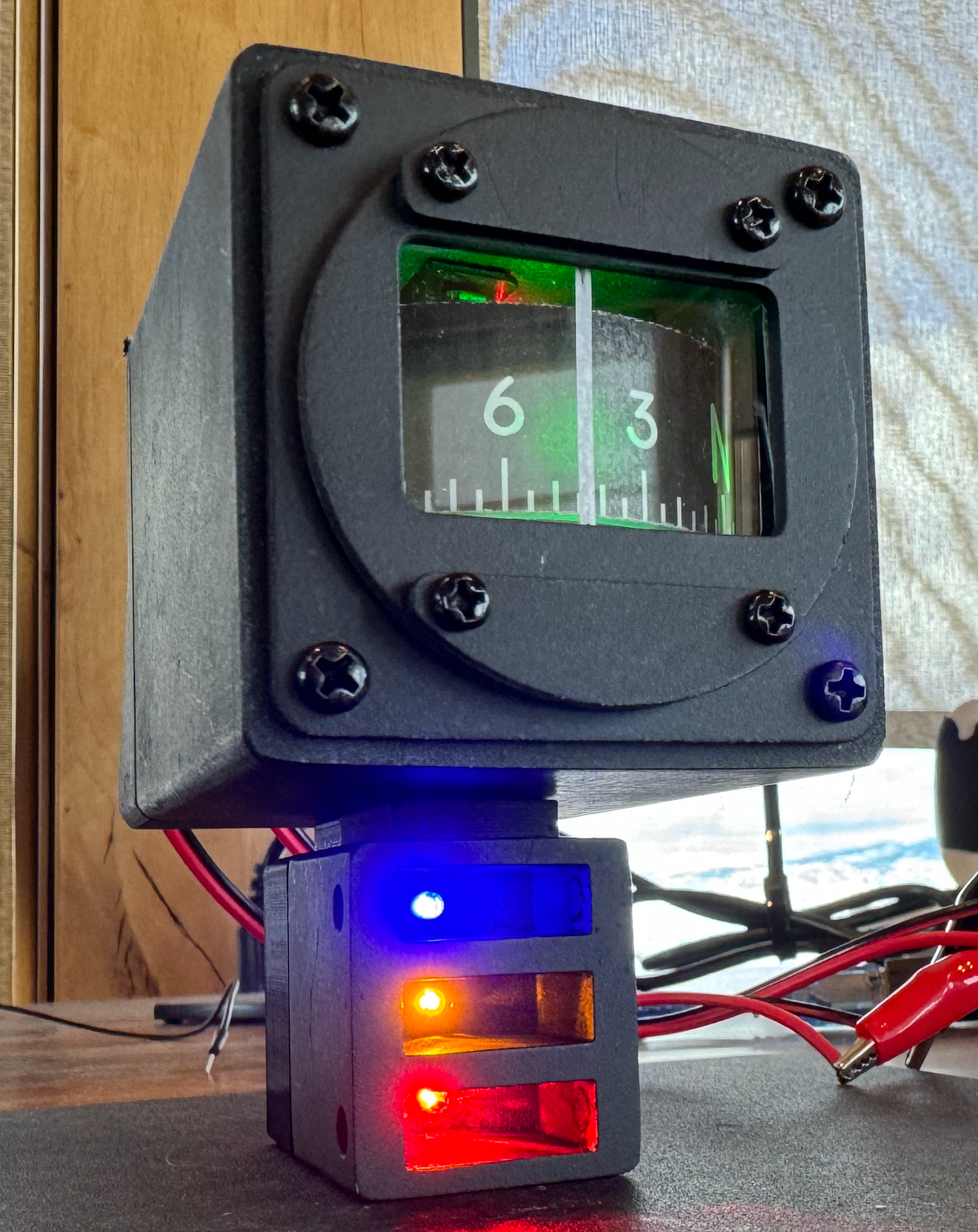Redline Sidewinder
I've always had a hard time pushing the airplane back into the shadeport, especially after a long tiring flight. The plane weighs nearly 3,000 lbs so even though the slope into the parking spot is only 1-2 degrees, it's quite a tough bird to push.
Add in slipping feet, no great place to push against, bad angles for applying force, and a squirrelly castering nose wheel (doesn't like to go backwards) and it's a great recipe to hurt my back.
Thankfully the Redline did a great job with the task.

It's designed to have minimal weight, yet still be strong. It is powered by a heavy duty drill that drives gears and chains to apply rolling force to the nose wheel, moving the airplane at a nice slow pace.
Hooking it up to the airplane is not much harder than hooking up the basic towbar. It's obviously much heavy that the towbar, but still a manageable weight.
Each side has a pin that is retracted while you line up the U bar to the connectors on the nose wheel. It fit snuggly without scraping anything on the plane. Once the pins are lined up you release them and they spring into the nose wheel connectors. The weight of the sidewinder, plus a touch of downforce from the operator, holds the drive wheel to the nose wheel rubber.
When moving the airplane forward I found that I had to apply a fair amount of downforce to keep the chain from lightly touching the inner edge of the nosewheel. That hits on the only thing I'd change about the sidewinder, I wish there were a guard to prevent that issue. However, it was easy to avoid any rubbing by pushing down when operating the drill.
I should rarely use the sidewinder to move the airplane forward though, as we are able to crank up in the shadeport and pull right out under engine power.
What I really need the powered tug for is pushing the airplane backwards into the shadeport. And on that task the Sidewinder worked perfectly. It even greatly reduced the squirrely-ness of the nosewheel, maybe because of the extra weight compared to the normal towbar. There was no issue with the chain hitting as the torque in that direction forces the chain away from the fairing on the nose.
I had to stoop down fairly far to operate the tug as the bar doesn't come up real high (to keep the device compact), but never once had to provide any pushing power. I just needed to steer and watch out for obstacles. It's about 100 times better than the manual method I've been using so far.
Here's a short video of me removing the sidewinder from the airplane after pushing it back. It folds up quickly into a medium sized carrying bag.


Comments
Thanks for the post! I had not seen it before? Regarding your comment about having to stoop over to operate it, you can adjust the angle of the extention wherever you want by simply loosening the fixing bolt on the extension tube clamp and sliding the clamp up the tube. If you have any problems, call me. Love your Fore Flight AP..
Linn Kastan